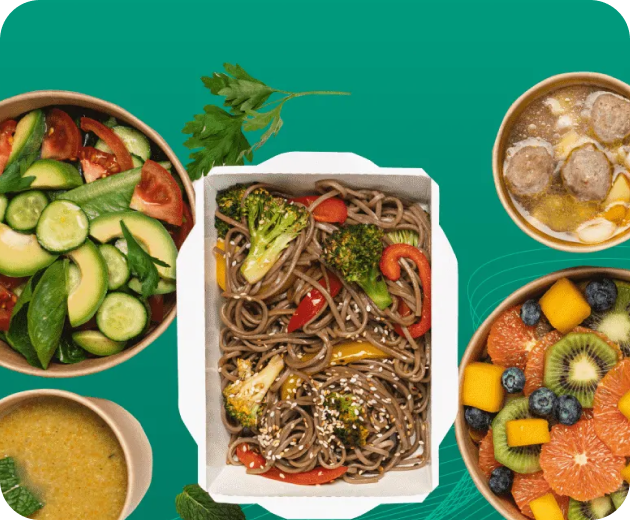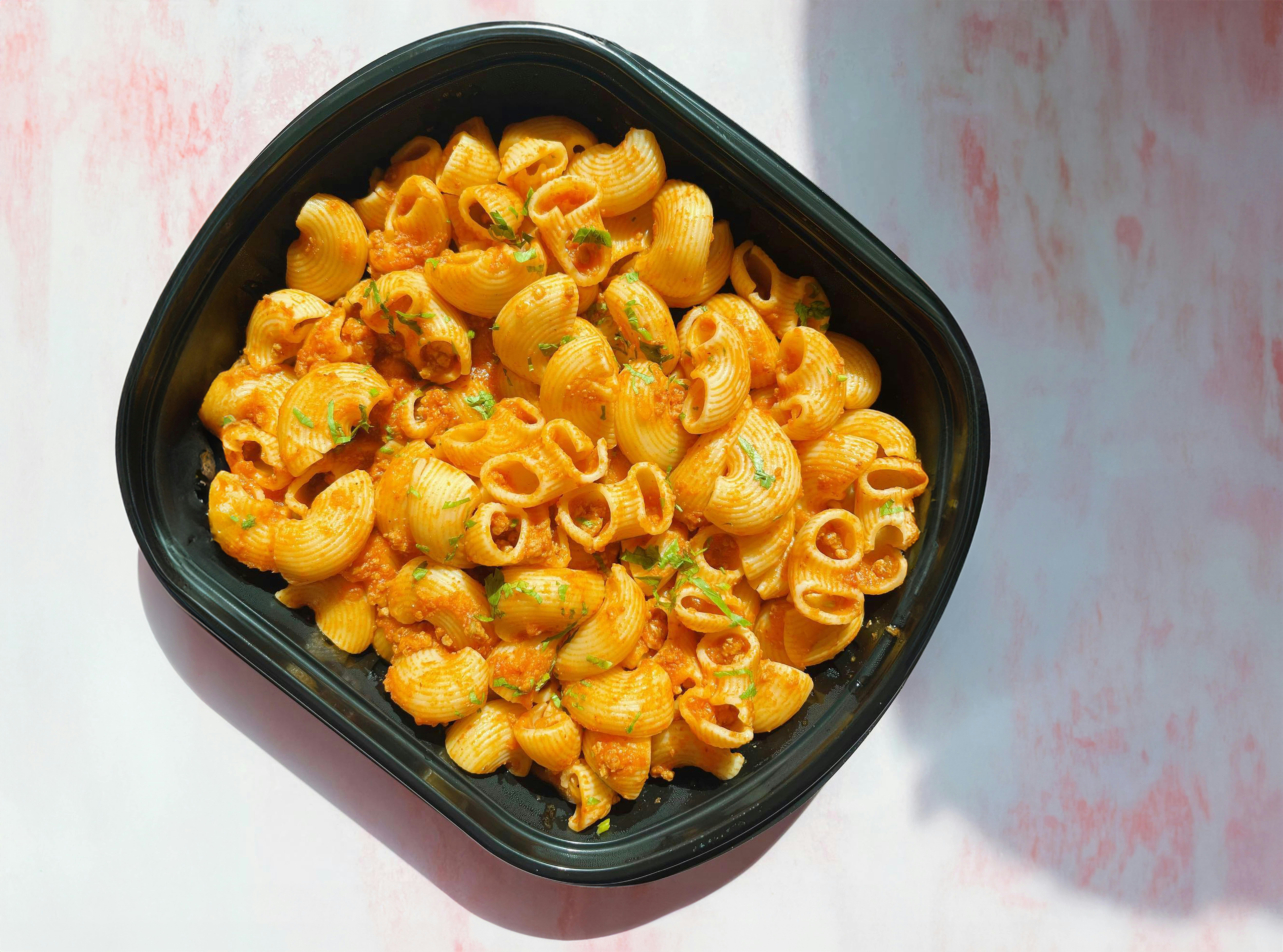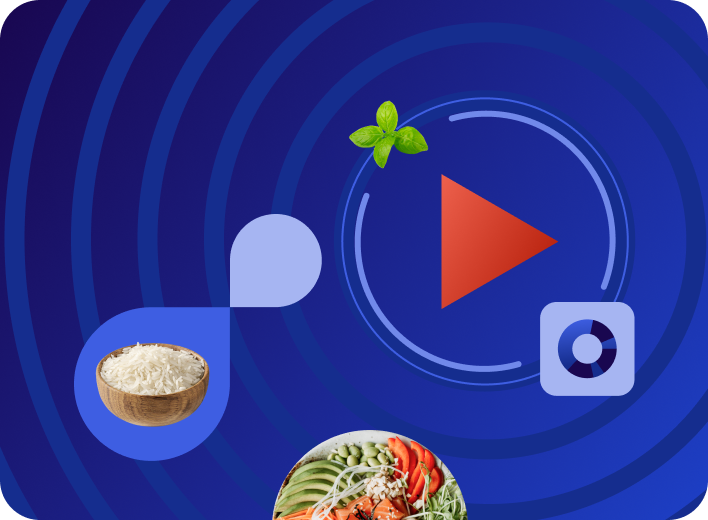Beverage Innovation With AI: Crafting the Perfect Drink
Staying ahead means embracing beverage innovation at its core. According to a report by Board of Innovation, the food and beverage industry is experiencing an era of rapid change, with consumer preferences driving the need for constant evolution. Innovation isn’t just a buzzword; it’s a necessity for survival.
This blog delves into the concept of beverage innovation, examines the influence of AI on this field, and highlights the trends shaping the future of this dynamic industry.
What is Beverage Innovation?
Beverage innovation refers to the development and introduction of new products, processes, and experiences within the beverage industry.
It encompasses everything from novel ingredients and flavors to groundbreaking packaging and distribution methods.
Companies like Tastewise leverage advanced data analytics to identify emerging trends and consumer preferences, enabling brands to create innovative products that resonate with their target audience.
How is AI Used in the Beverage Industry?
Artificial Intelligence (AI) plays a pivotal role in driving beverage innovation. By analyzing vast amounts of data from social media, online reviews, and purchase patterns, AI-powered platforms like Tastewise provide key insights into consumer behavior and market trends.
This data-driven approach allows beverage companies to identify untapped opportunities, optimize their product offerings, and tailor their marketing strategies for maximum impact.
AI is transforming the beverage industry by providing powerful tools for innovation. Here are a few key ways AI is being leveraged:
Identifying consumer trends
AI can analyze vast social media data, purchase history, and online searches to uncover emerging trends and unmet consumer needs.
This allows brands to strategically position new beverage concepts that resonate with their target audience.
Flavor formulation
AI algorithms can analyze existing successful beverage profiles and predict flavor combinations that are likely to be well-received by consumers.
This can significantly accelerate the development process and validate concepts before large-scale production.
Targeted marketing
AI can personalize marketing campaigns to specific consumer segments, ensuring messages and visuals are highly relevant. This leads to precise campaigns with improved engagement and conversion rates.
How AI Affects Beverage Innovation
The integration of AI technologies revolutionizes the way beverage companies approach innovation. By leveraging machine learning algorithms, Tastewise can identify emerging flavor profiles, ingredient preferences, and consumption frequency patterns in real-time.
This proactive approach enables brands to anticipate market trends, validate concepts swiftly, and strategically position their products for success.
In fact, according to Beverage Industry, AI has the potential to inspire the next generation of beverages by unlocking new flavor combinations and enhancing product personalization.
- Reduced Innovation Risk: By leveraging AI for trend analysis and concept validation, brands can minimize the risk of launching new beverages.
- Faster Development Cycles: AI streamlines the development process by automating tasks and providing data-driven insights. This allows companies to bring innovative products to market quickly.
- Hyper-Personalization: AI empowers brands to create targeted marketing campaigns and develop products that cater to specific consumer preferences and dietary needs.
Beverage Innovation Stats
- According to the Board of Innovation, 75% of consumers are more likely to purchase products that align with their values and beliefs.
- The global beverage market is projected to reach a value of $1.9 trillion by 2025, with a CAGR of 3.1% from 2020 to 2025.
Beverage Packaging Innovation
Beverage packaging has come a long way from the traditional glass bottles and cans. In recent years, there has been a surge in innovative packaging options for beverages, driven by consumer demand for convenience, sustainability, and unique experiences.
Alternative materials
One of the biggest trends in beverage packaging innovation is the use of alternative materials. Plastic straws and single-use bottles have faced backlash due to their negative impact on the environment.
As a result, companies are exploring eco-friendly options such as paper-based containers, biodegradable plastics, and even edible packaging.
Functionality
Another key aspect of beverage packaging innovation is functionality. Consumers want packaging that is not only easy to transport but also convenient to use. This has led to the development of resealable caps, self-cooling cans, and even packaging that can be used as a drinking vessel.
Brands are also incorporating technology into their packaging, such as QR codes that provide more information about the product or augmented reality features for a unique user experience.
Sustainability
Sustainability is another important factor in beverage packaging innovation. With growing concerns about the environment, consumers are looking for eco-friendly options when it comes to their drinks.
This has led to the use of recycled materials, biodegradable packaging, and even edible packaging made from natural ingredients. Brands are also finding ways to reduce waste through design innovations, such as creating multipurpose packaging that can be reused or repurposed after consumption.
Beverage Innovation Trends
Several trends are fueling beverage innovation in the industry:
- Health and wellness: Consumers are increasingly seeking beverages that offer functional benefits, such as hydration, immunity support, and mood enhancement. F
- Sustainability: Eco-conscious consumers are driving demand for sustainable packaging solutions and environmentally friendly ingredients.
- Personalization: Customization is key, with consumers expecting tailored experiences catering to their preferences and dietary requirements.
- Novel ingredients: Exotic flavors, plant-based alternatives, and adaptogenic herbs are gaining popularity as consumers seek unique and adventurous beverage options. Have a look at these 10 trends fueling food and beverage innovation.
FAQs
Emerging trends in the beverage industry include the rise of functional beverages, increased demand for sustainable packaging, the popularity of plant-based alternatives, and the growing interest in exotic flavors and ingredients.
The beverage industry relies on innovation to adapt to changing consumer preferences. Companies utilize market research, consumer insights, and technological advancements to develop new products, flavors, and packaging formats that align with evolving consumer tastes and lifestyles.
Conclusion
Innovation is the lifeblood of the beverage industry, driving growth, differentiation, and consumer loyalty. By harnessing the power of AI and staying abreast of emerging trends, brands can position themselves for success in an increasingly competitive market landscape. Tastewise empowers beverage companies to stay ahead of the curve, validate concepts swiftly, and execute flawlessly, ensuring their continued relevance and profitability.



